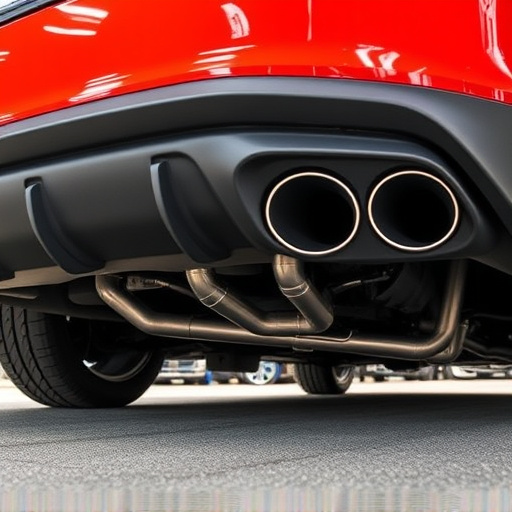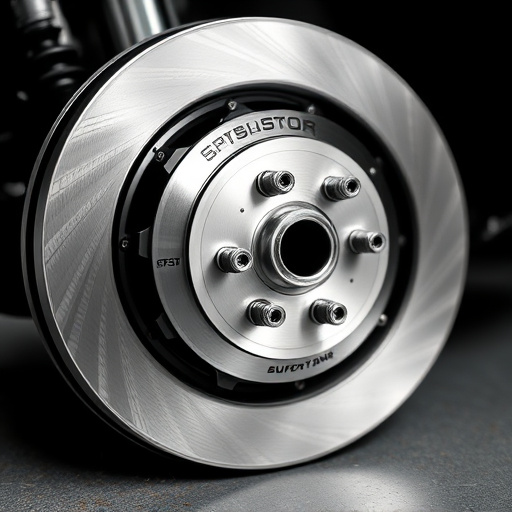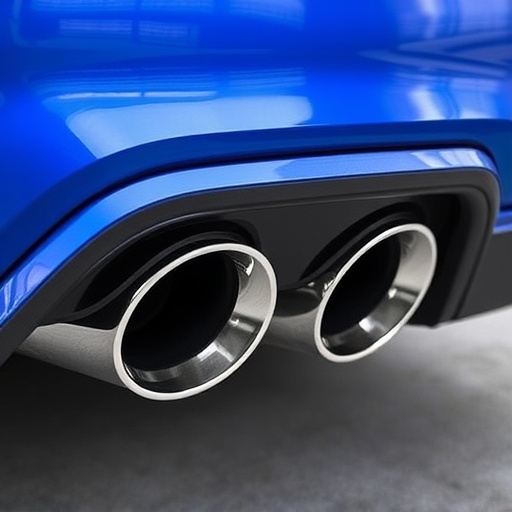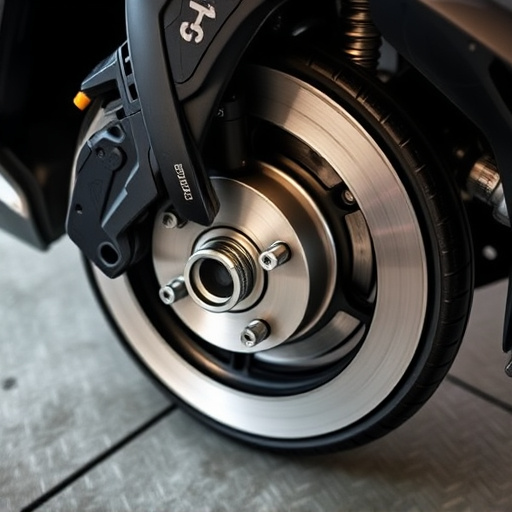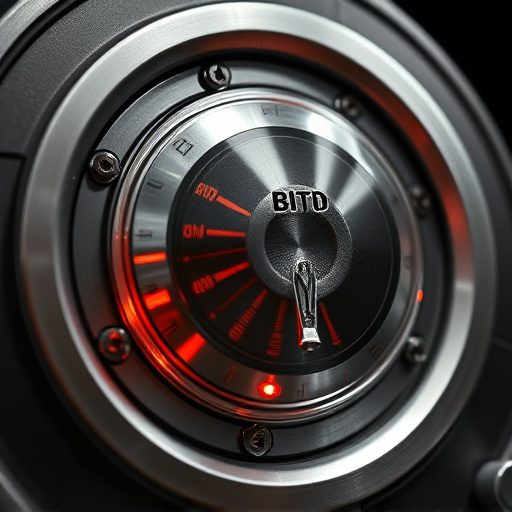A ram air intake system (RAIS) is a powerful upgrade for car enthusiasts seeking better performance and fuel efficiency. It forces cool, dense external air into the engine through an exterior filter, increasing airflow and enabling improved fuel burning and power production. Benefits include reduced intake temperatures, better throttle response, and enhanced fuel economy, especially under aggressive driving conditions. Installation requires careful planning, compatibility checks, proper tools, and safety precautions. After installation, drivers can expect improved engine responsiveness and potential horsepower gains.
Looking to boost your car’s performance? A ram air intake system could be the answer. This powerful modification directly increases engine power by drawing in more cold, dense air from outside the vehicle. In this guide, we’ll walk you through understanding how these systems work, exploring essential factors for selection, and providing a step-by-step installation guide to ensure you choose and install the perfect ram air intake system for your needs.
- Understanding Ram Air Intake Systems: How They Work and Their Benefits
- Factors to Consider When Choosing the Right Ram Air Intake System
- Installing a Ram Air Intake System: A Step-by-Step Guide
Understanding Ram Air Intake Systems: How They Work and Their Benefits

A ram air intake system is a powerful upgrade for any car enthusiast looking to enhance performance and breathing efficiency. Unlike standard air intake systems that rely on the vehicle’s vacuum, ram air intakes force external air into the engine through an exterior air filter, providing a constant supply of cool, dense air. This simple yet effective design significantly improves air flow, allowing the engine to burn more fuel and produce more power.
The benefits of a ram air intake system extend beyond performance gains. By drawing in cooler air from outside the vehicle, these systems can also reduce intake temperatures, which can lead to better throttle response and fuel economy. This is especially beneficial for vehicles with high-performance exhaust systems or coilover kits, as it helps maintain optimal engine temperatures under various driving conditions, including aggressive driving styles. Moreover, a ram air intake system’s external filter placement shields the engine from dirt and debris carried by the airflow, protecting crucial components like brake rotors, ensuring reliable and efficient performance over time.
Factors to Consider When Choosing the Right Ram Air Intake System

When choosing a ram air intake system for your car, several key factors come into play. Firstly, consider the make and model of your vehicle to ensure compatibility. Not all ram air intake systems are created equal; each car has unique requirements regarding air flow, pressure, and fitment. Secondly, evaluate the performance characteristics you desire. Are you looking for a significant boost in horsepower or simply wanting to improve fuel efficiency? This will guide your choice between different types like cold air intakes, which offer optimal cooling and efficiency, or more aggressive systems with performance air filters designed for higher flow rates.
Additionally, think about the overall health and condition of your engine. If you’ve installed a high-performance suspension kit or made other modifications that increase stress on the engine, a ram air intake system should complement these upgrades. Look for products from reputable manufacturers who offer warranties, as this ensures peace of mind and potential savings if adjustments are needed. Lastly, consider ease of installation and maintenance to ensure the system aligns with your comfort level and garage capabilities.
Installing a Ram Air Intake System: A Step-by-Step Guide

Installing a ram air intake system can significantly boost your car’s performance, but it requires careful planning and execution. Begin by identifying the correct fitment for your vehicle model and year. Ensure compatibility with your existing engine and brake components to avoid any potential conflicts. Next, gather all necessary tools and parts, including the ram air intake, mounting hardware, and a filter. Find a well-ventilated area to work in, as this process involves handling sensitive parts.
Start by disconnecting the battery for safety. Remove the existing air intake system, taking note of how it’s connected. Install the new ram air intake system according to the manufacturer’s instructions, ensuring a secure fit. Secure the intake with the provided hardware, tightening it gently but firmly. Connect the airflow sensor and any associated wiring, making sure everything is properly sealed. Finally, reinstall the exhaust tips and ensure all connections are tight. With your performance exhaust now upgraded, you’re ready to experience improved engine responsiveness and potentially increased horsepower.
When selecting a ram air intake system, consider your vehicle’s make and model, performance goals, and desired installation complexity. By understanding how these systems enhance engine performance and their various benefits, you can make an informed decision that aligns with your automotive aspirations. Follow the step-by-step guide for installation to ensure a successful fitment, unlocking your car’s full potential in terms of power and efficiency.










